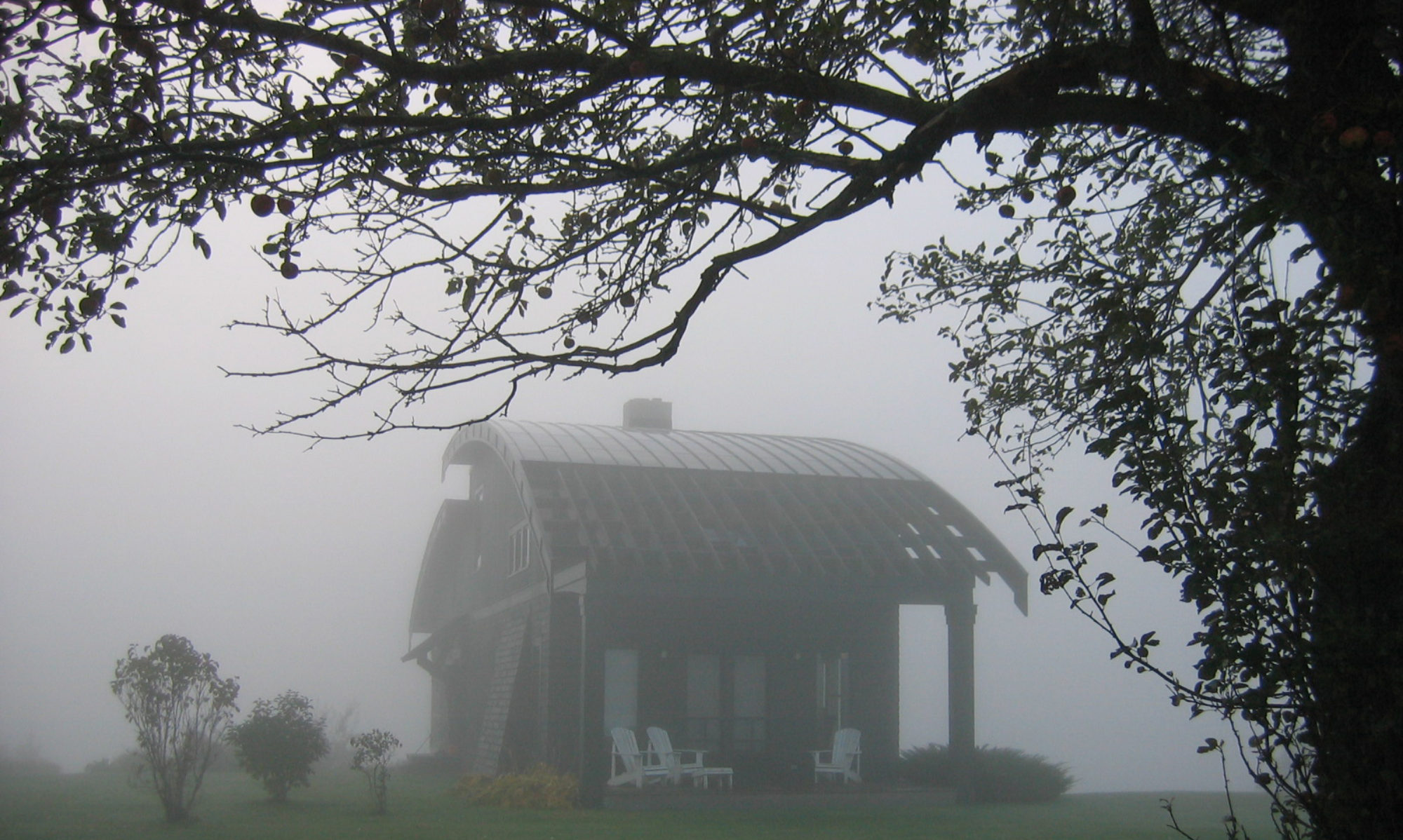
Barns in Nova Scotia typically have a small appendage, which is located near or at the center of the longitudinal elevation. As we were riding our bikes thru the countryside, the preponderance of these small appendages became more evident. We ended up dubbing this typology Barnacle: Barn (Barn) + Acle (Appendage) = Barnacle.
We think that the function of the Acle must be entry, given that they are located in the center. Some are very small, like the top right photo. Others seem to have space for other needs. What continued to fascinate us is the:
-relatively very small proportion of the Acle to the rest of the barn
-the on center placement within the overall form
-and the preponderance.
For barns in Otsego County, most Acles were added to the short end, were placed off center at a corner, and their function was for the milk processing equipment; they are called milk houses. Quite possibly, architectural historians have a name, or a word, for the Acles in Nova Scotia.
First, the Halifax Salt Shaker, and now the Nova Scotia Barnacle. Will there be any end to these architectural bon mots? If you happen to be reading along, you can only hope.











